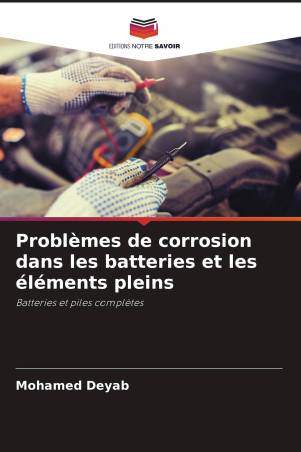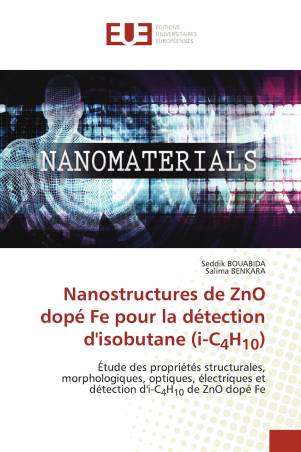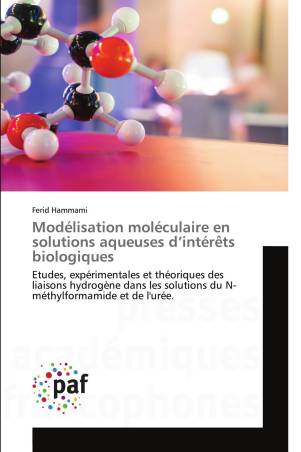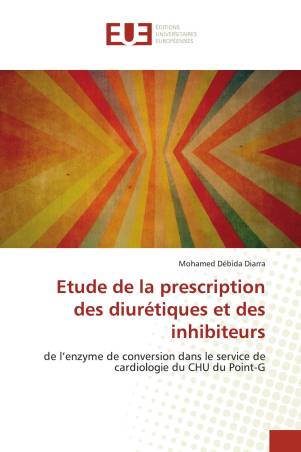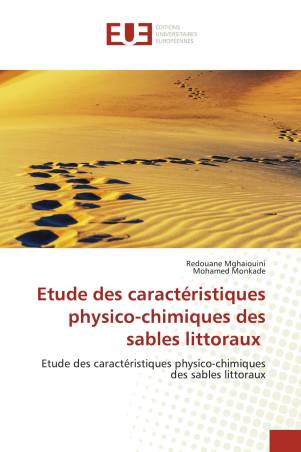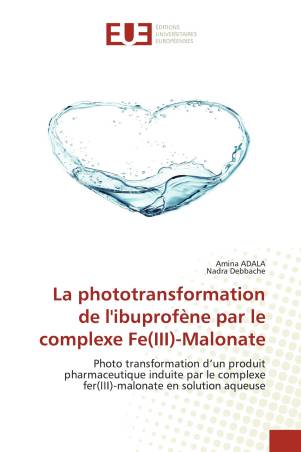




Some lignocellulosic materials (coffee husks, sapele sawdust and corn cob) were used as templates for adsorbing and eliminating a reactive textile dye (methylene blue) from aqueous solutions.
These biosorbents were treated with methanol in order to free their pores.
IR spectroscopy was used to characterize the different biosorbents and the functional groups present were those common to lignocellulosic materials.
The adsorption capacity was significantly improved in with increasing stirring speed.
Maximum adsorption of MB was obtained on all the biosorbents for a stirring speed of 75 rev / min.
Maximum adsorption was obtained for particle sizes ranging from 0-100 µm.
The adsorption isotherms were determined according to the Langmuir and Freundlich model.
The maximum adsorption capacities determined from this model allowed the ranking of the biosorbents as following: CHs (268.817μmol/g), CCs (248.756μmol/g) and SS (141.643μmol/g).
The values of n determined from the Freundlich model also allowed us to compare the affinity between methylene blue and these materials thus: CHs (n = 1.428; high affinity), CCs (n = 1.432) and SS (n = 1.901, low affinity).
Lire la suite
Mbokou Foukmeniok Serge, né le 29 octobre 1988 à Dschang (Cameroun) et titulaire d’une thèse de Doctorat phD en Electrochimie, soutenue le 14 Juillet 2017 à l’Université de Dschang.
Fiche technique
 Cameroun
Cameroun






